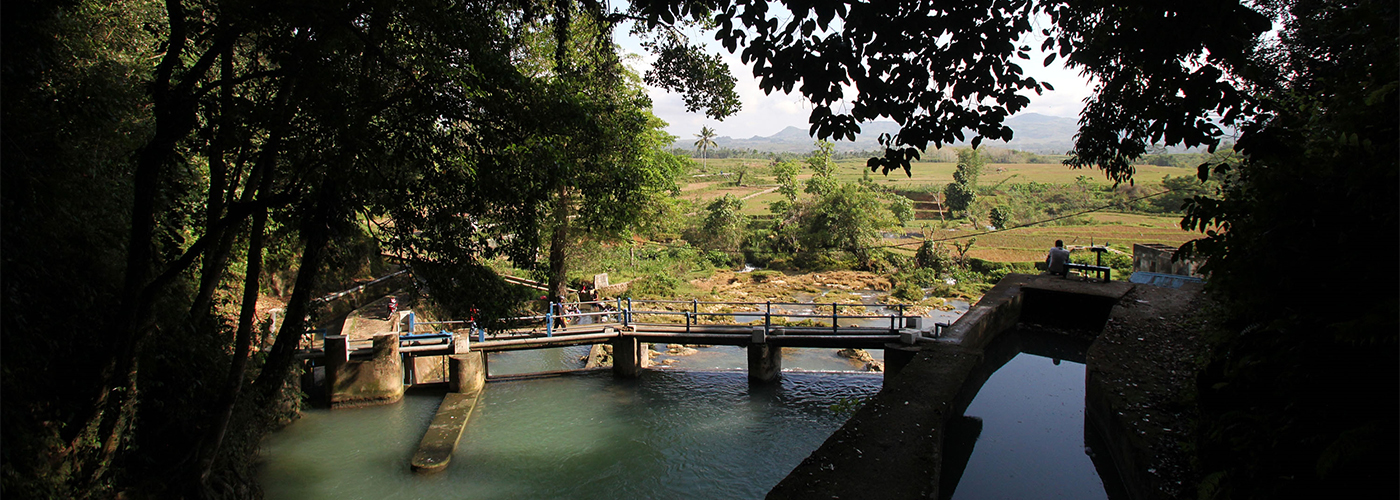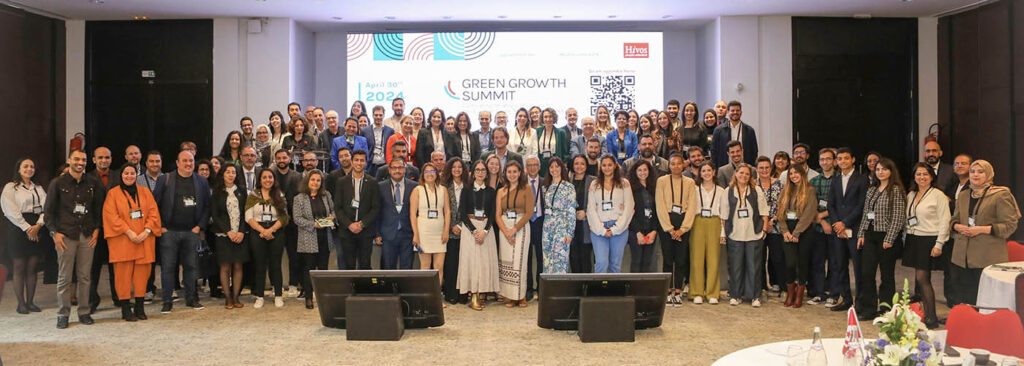12 October 2016 – blog post by Mareike Britten, Advocacy Officer for Renewable Energy at Hivos Global Office
Sulis Setiawati plucks some fresh vegetables from a field and smiles: “Thanks to the solar irrigation, farmers can now grow a range of fresh vegetables when in the past they had to survive from growing corn and maize.” She tells how farmers can now farm during the eight-month long dry season, giving a boost to the economy and paving the way out of poverty. As local partner in the Hivos Sumba Iconic Island Initiative, Setiawati has been at the heart of this ground-breaking, island-wide initiative to address the energy shortage and improve living conditions by going one hundred percent renewable by 2020.
‘Sumba’ also means a departure from fossil fuel and emission reduction. In the past, the majority of the population used kerosene and wood for lighting and cooking, which are polluting, extremely unhealthy and relatively expensive. Electricity was only available in the city, where the grid is close by, or using diesel generators. Only a few businesses and residents could afford the expensive and highly polluting energy supplies. By using renewable energy and reducing the use of the old diesel generators, the island will decrease its CO2 emissions as access to energy grows.
If we are serious about our commitments to provide universal energy access and combat dangerous climate change, decentralised energy of the Sumba type has a key role to play in our strife towards a 100% renewable energy future for all. It can provide an estimated sixty percent of the additional generation needed to achieve universal access and represent a transformative change in the way we approach electrification. Decentralised renewable energy systems deliver fast, economical and efficient energy access in areas where centralised grids are slow and prohibitively expensive to deploy.
Capital to boost this revolution is urgently needed. In 2011, the International Energy Agency (IEA) estimated that an additional $ 23 billion is needed each year until 2030 specifically for energy access through decentralised energy.
However, international multilateral development banks have been failing to change their traditional approach, with the result that only about three percent of the money earmarked for energy from climate finance is spent on decentralised renewable energy projects. This money represents just five percent of the annual amount the IEA says is needed. Research found that many projects invested in by Multilateral Development Banks actually hinder efforts to achieve universal energy access. Current approaches that prioritise slow-to-build, unreliable grids over quickly deployed decentralised renewable energy mean countless children lose educational opportunities, hundreds of thousands of businesses are less productive, and health clinics serve millions inadequately.
To indeed have the desired transformational impact, the Green Climate Fund was established in 2011. It was hailed for its objective to promote a ‘paradigm shift towards low-emission and climate-resilient development pathways’. While the fund only became operational last year, its first 365 days have been sobering. While on the surface forty percent of the total amounts of requested funding in the project pipeline is aimed at energy access and generation, there is hardly any mention of decentralised renewable in the proposals. At the current Board meeting (12-14 October), only one proposal by Deutsche Bank specifically targets decentralised renewable energy, while a second one by the EBRD merely mentions decentralised renewable energy.
This raises the fear that the GCF might follow the mistakes of Multilateral Development Banks and overlook the unique ability that decentralised renewable energy enterprises have to radically alter the access timeline. Developed countries have pledged USD 10.3 billion through the GCF. This flow of funds is gradually increasing and should rise to USD 100 billion by 2020. However, it seems much of this money will go mainly to a few large-scale projects that focus on grid extension.
Civil society organisations and even its own, now departed, Director, Ms Cheikhrouhou, have criticised the GCF for falling far short in the support it was designed to give to transformative projects.
Until now, all projects that landed on its table have been approved in a rush to disburse the ambitious 2016 goal of $2.5 billion. On the renewable energy front for example, utility scale, grid-connected solar energy was supported in Chile, a country where solar energy is highly competitive. The developer of a similar project in the same region won Chile’s latest energy auction with a world record-setting bid to provide energy at 2.91 cents/kWh.
The only decentralised renewable energy project approved so far has been a project by Acumen, a non-profit global venture fund for the poor. Acumen has received resources to create a new investment fund, KawiSafi, to drive off-grid solar power in East Africa. Ideas to boost decentralised renewable energy uptake are plentiful, their funding needs to be prioritised.
The GCF has been blaming its accredited entities for not submitting enough innovative and transformative projects to the proposal pipeline. However, if you look at who did, you will find mostly the usual UN agencies: Mulitlateral Development Banks and traditional fossil fuel investors such as Deutsche Bank – all with a low track-record on local energy access. National and subnational entities are still in the vast minority. This is due to a very cumbersome accreditation process and slow decision making by the GCF board.
Running funds through the same established, international, multilateral agencies with a low risk appetite, a fossil fuel track-record and inflexible finance instruments raises questions about the added value of the GCF.
The GCF Board recently agreed on a proposal to “take on risks that other funds and institutions are not able or willing to take”. This could finally open the door further to decentralised renewable energy projects, like the one on the Indonesian island of Sumba, that don’t deliver a high financial return or are based in politically unstable countries.
A real paradigm shift means earmarking funds specifically for decentralised renewable energy and low-income countries, putting in place adequate funding instruments and channelling funds through entities that have the capacity and experience to deal with decentralised renewable energy projects.
The newly appointed Executive Director of the Green Climate Fund has a lot on his plate if the aim is to make this agreement reality and move the GCF on a new trajectory.




